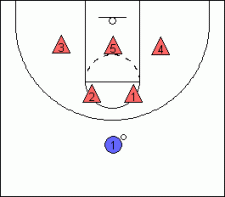|
All times are UTC - 6 hours |
  |
Page 2 of 2 |
[ 20 posts ] | Go to page Previous 1, 2 |
| Print view | Previous topic | Next topic | ||||||
| Coach Sar |
|
||||
|
Posts: 3139 |
|
||||
|
|
|||||
| JeffHaefner |
|
|||||
Posts: 1280 |
|
|||||
|
|
||||||
| gregwh |
|
|||
|
Posts: 17 |
|
|||
|
|
||||
| JeffHaefner |
|
|||||
Posts: 1280 |
|
|||||
|
|
||||||
| gregwh |
|
|||
|
Posts: 17 |
|
|||
|
|
||||
| Coach Sar |
|
||||
|
Posts: 3139 |
|
||||
|
|
|||||
| JeffHaefner |
|
|||||
Posts: 1280 |
|
|||||
|
|
||||||
| gregwh |
|
|||
|
Posts: 17 |
|
|||
|
|
||||
| gregwh |
|
|||
|
Posts: 17 |
|
|||
|
|
||||
  |
Page 2 of 2 |
[ 20 posts ] | Go to page Previous 1, 2 |
|
All times are UTC - 6 hours |
| You cannot post new topics in this forum You cannot reply to topics in this forum You cannot edit your posts in this forum You cannot delete your posts in this forum You cannot post attachments in this forum |


 Facebook (76k Likes)
Facebook (76k Likes) YouTube (85k Subscribers)
YouTube (85k Subscribers) Twitter (26k Followers)
Twitter (26k Followers) Q&A Forum
Q&A Forum Podcasts
Podcasts